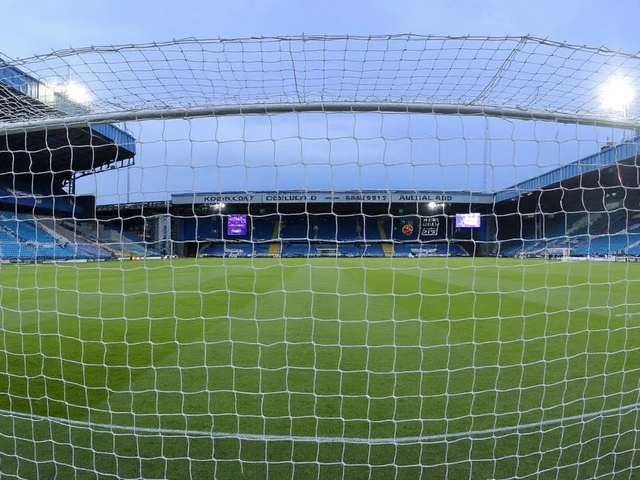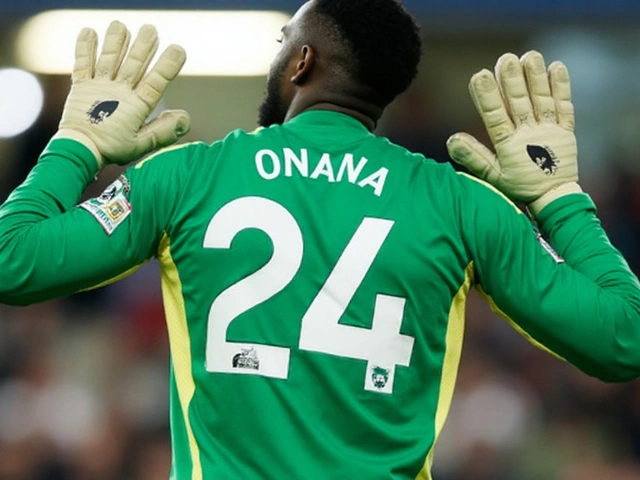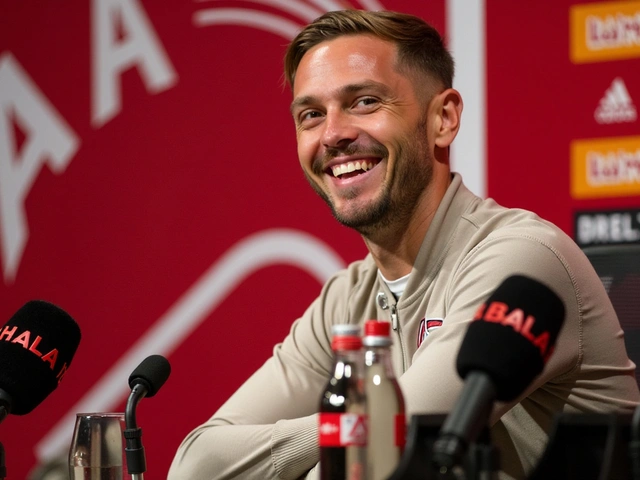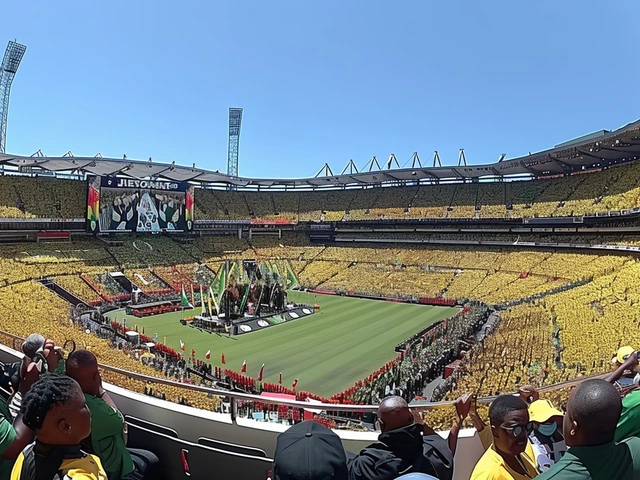NATO summit: what to expect and why it matters
Think a NATO summit is just photo ops and speeches? Not quite. These meetings set real policy—new defence plans, aid packages, membership moves and joint statements that influence global security and local lives. If you care about regional stability, trade, migration or defence spending, this summit matters.
What leaders discuss
Heads of state focus on a short list of big items. Expect talks on collective defence, support packages for conflict zones, and cyber and space threats. NATO will also review readiness — how fast forces can move and which countries will increase budgets or send equipment. Recent summits added tech topics like AI and resilience of supply chains. Watch for a final communique: it’s the text that summarizes commitments and gives clues about follow-up actions.
Bilateral deals happen offstage. Two leaders meet and agree on troop rotations, training or weapons sales. Those side meetings often produce more tangible results than the big group photo. Pay attention to announcements from defense ministers — they reveal the operational details behind leaders’ promises.
How the summit can affect Africa
NATO decisions may seem Europe-focused, but there are clear links to Africa. NATO works with partner countries on counterterrorism, maritime security and training. Commitments to boost logistics or surveillance can reduce piracy and help UN peacekeeping missions. If NATO expands its cyber or intelligence reach, African governments and businesses could see new cooperation, or new expectations about data and security standards.
Energy and trade feel the impact too. If the summit results in new sanctions or supply agreements, energy prices and trade routes can shift. That affects fuel costs, import bills and investor confidence across African markets. Migration flows can also change when security or economic conditions shift in nearby regions.
Want a practical tip? Follow your foreign ministry and regional security bodies after the summit. They’ll state how any NATO commitments translate into local programs or partnerships.
So what should you watch for? First, language on new members or partnership programs — that signals long-term shifts. Second, defence spending pledges and delivery timelines for equipment and training. Third, references to cyber, AI or supply-chain resilience — these hint at future rules that businesses must follow. Finally, any specific mentions of Africa or the Sahel show direct regional relevance.
How to follow the summit live: NATO streams press briefings on its website and social channels. Major agencies like Reuters and AP report fast and reliably. For deep reads, check national press offices or defence ministry releases. On social media, verify statements against official communiques before sharing.
In short: watch the communique, track bilateral deals, and note any Africa-related lines. The summit shapes more than military posture — it reshapes partnerships, trade, and security priorities that reach beyond NATO members. Keep an eye on follow-up actions in the weeks after the summit; that’s where promises turn into real projects.
Zelenskyy Says Barring Ukraine from NATO Summit Hands Putin a Symbolic Win
By Sfiso Masuku On 28 May, 2025 Comments (9)
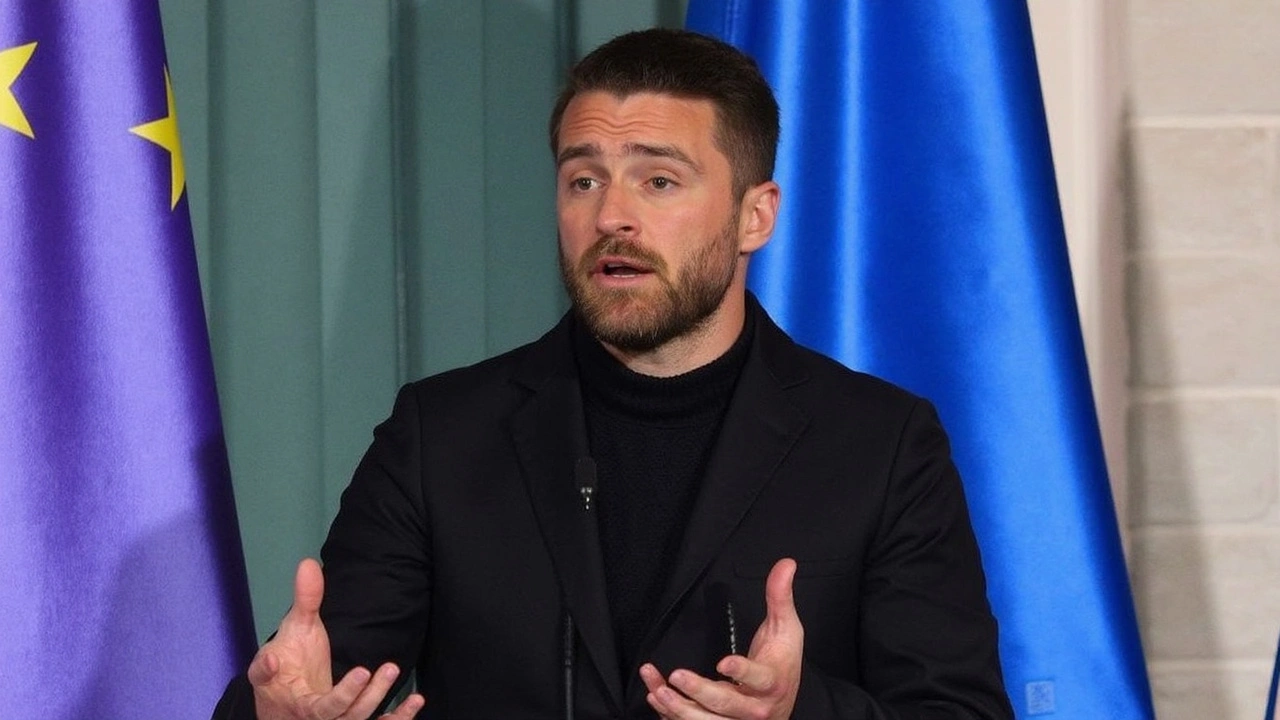
Ukrainian President Zelenskyy is sounding the alarm over possible exclusion from the NATO summit in The Hague, arguing it would hand a symbolic victory to Putin. Debate swirls over who decides on Ukraine's invitation, with reports of U.S. resistance despite Dutch officials insisting it's a NATO call. Kyiv pushes for clear dialogue and a defined role at the meeting.
View More

